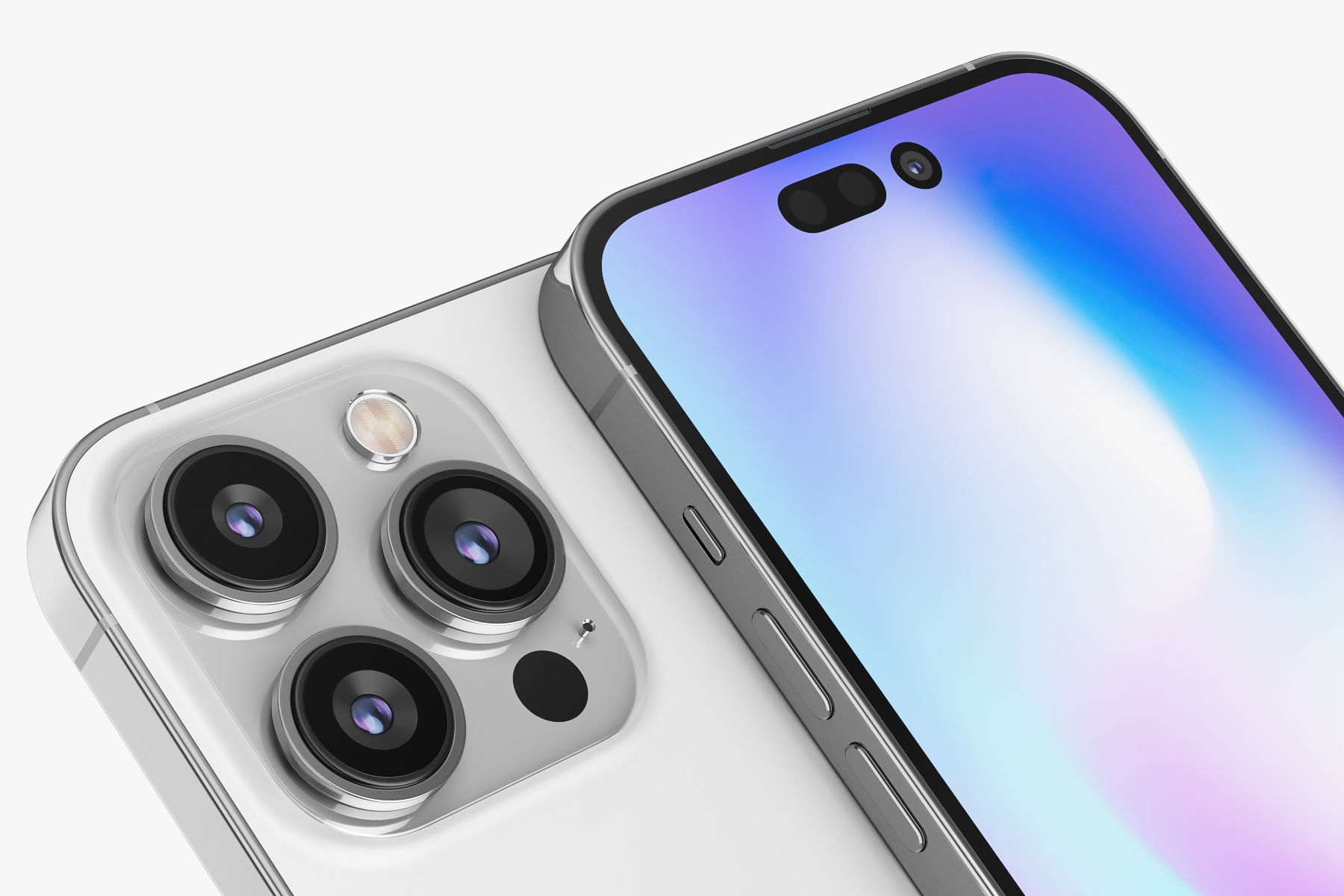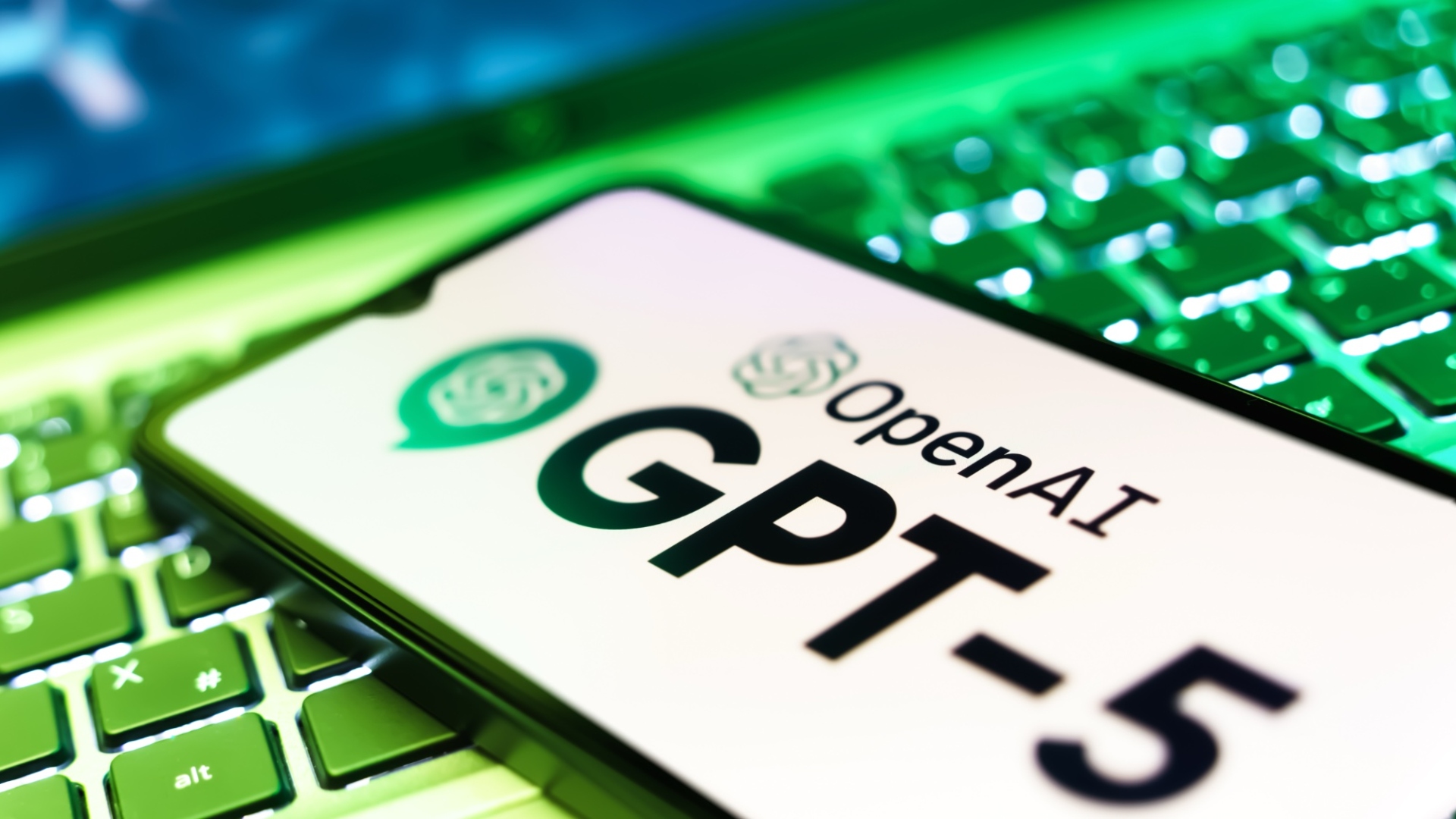iPhone 14 Pro cameras — this could be the biggest upgrade
Here's what the rumored 48MP main camera would mean for the iPhone 14 Pro

There are a lot of reasons to be excited about the iPhone 14 Pro, especially as we get closer to the Apple September 7 event where the new phones are likely to be revealed. The Pro models figure to see the most significant changes, with one rumored advance in particular poised to re-establish the iPhone's dominance in an area where rival phones are catching up.
I'm talking about the rumored iPhone 14 Pro camera changes, in which Apple turns to a 48MP sensor for the main shooter in its rear camera array. For years, Apple has used a trio of 12MP sensors for the wide, ultrawide and telephoto lenses on its Pro phones. A 48MP sensor would be a big step up from that.
This isn't just a matter of more megapixels being better (which is a bit of a fallacy anyway). The iPhone 13 Pro Max's hold on the top spot among the best camera phones proves that it's not how many megapixels you have, it's what you do with them. Still, the switch to a more advanced main camera on the iPhone 14 Pro and iPhone 14 Pro Max figures to improve the quality of the pictures those particular iPhones are able to capture.
A 48MP sensor is expected to deliver better detail and brighter images than what Apple's current phones can provide. It's that last point that's stuck with me because I think there's one area where recent iPhones are beginning to lag behind the competition. As good a camera phone as the iPhone has been, it's not the best performer in low-letting settings.
Low-light photos: How the iPhone measures up
To be clear, I'm not suggesting that the low-light and night-time shots that the current crop of iPhones produce are subpar or unacceptable. Viewed individually, your iPhone's low-light photos look perfectly fine. But stack them up against similar shots from other top camera phones — as we do when we test new handsets — and you'll see that other phones shine in the dark when compared to the iPhone.
Consider this Pixel 6 Pro vs. iPhone 13 Pro Max face-off, which seems apt since Google's handsets come the closest to knocking the best iPhones off their top camera phone perch. When we photographed some pumpkins at night, the shot by the Google Pixel 6 Pro shot is clearly superior. It's brighter and more detailed, without washing out the shadows in the picture. The darkness of the iPhone's shot certainly sets a mood, but good luck trying to make out the details of the surrounding plants.
A Samsung Galaxy S22 Ultra vs. iPhone 13 Pro Max showdown follows the same pattern. Apple's phone captures the better pictures overall, but the Galaxy S22 Ultra is the better option when lights are low. Maybe it's related to Samsung's focus on Nightography — the phone maker's marketing term for the improvements to low-light photography on its recent flagships — but shots like the one above depicting a winter time scene are more pleasing through the S22 Ultra's lens. You can see where the ground ends and the building begins in the S22 Ultra shot, while things are a bit murky and less distinct when captured by the iPhone 13 Pro Max.
Get instant access to breaking news, the hottest reviews, great deals and helpful tips.
An indoor shot delivers more evenly matched results, and you could argue the iPhone 13 Pro Max's shadow-heavy image is more atmospheric. Still, you get more details from the Galaxy S22 Ultra image thanks to a brighter overall image.
Samsung also brought its Nightograpny capabilities to the Galaxy Z Fold 4, and that's on display in a Night mode comparison with the iPhone 13 Pro Max. While the iPhone produces a richer image when photographing a coffee mug in the dark, the Galaxy Z Fold 4's effort is noticeably brighter. You'd rarely recommend the Galaxy Z Fold 4 as a camera phone over any of Apple's current flagships, but in this shot at least, Samsung's foldable holds its own.
Obviously, there's more at play than just hardware. Night shots rely heavily on photo processing, so improvements to Apple's computational photography would go a long way toward improving the look of these photos. Nevertheless, you can only work with the images you've captured, and it seems pretty clear that the current iPhones aren't collecting as much detail as rival phones. A 48MP sensor for the iPhone 14 Pro would remedy that.
We're not the only ones to notice that the latest iPhones aren't exactly at the top of the low-light photography game. DXOMark, which evaluates a number of smartphone features including cameras, ranks the iPhone below devices including the Honor Magic 4 Ultimate, Xiaomi Mi 11 Ultra and Huawei P50 Pro in the night photography use case. (Interestingly, the iPhone 13 Pro tops the Galaxy S22 in DXOMark's rankings.) Clearly, there's room for improvement, though that could be said of many camera phones based on a DXOMark/YouGov survey from December 2021 which found that 50% of those surveyed weren't satisfied with low-light picture quality.
iPhone 14 Pro camera outlook
Apple has a well-established reputation for regularly turning out top camera phones, and that's likely to continue with all of the iPhone 14 models. But the iPhone 14 Pro editions have an opportunity to take a real leap forward by upgrading the main camera and reaping the rewards in the form of more detailed low-light photos. We'll find out for certain just what the iPhone 14 Pro cameras can do in the next month or so, but the initial rumors are certainly promising.
Philip Michaels is a Managing Editor at Tom's Guide. He's been covering personal technology since 1999 and was in the building when Steve Jobs showed off the iPhone for the first time. He's been evaluating smartphones since that first iPhone debuted in 2007, and he's been following phone carriers and smartphone plans since 2015. He has strong opinions about Apple, the Oakland Athletics, old movies and proper butchery techniques. Follow him at @PhilipMichaels.

